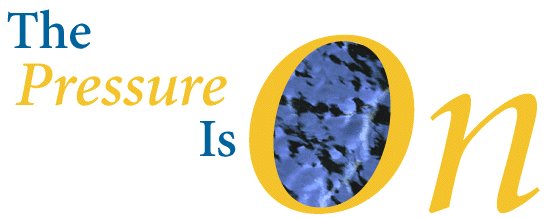It's a matter of risks and benefits. Always. Whenever a prospect or client has a problem they need to solve, they consciously lay out the risks of the problem versus the benefits of solving the problem. Once the benefits outweigh the costs or the risks become too great, they are compelled to action.They do the same risk versus benefit analysis when hiring a firm (or individual).
Once the prospect decides the problem is too great not be solved, he (or she) turns to their list of firms to see who can most likely solve this problem. The prospect is evaluating a series of risks in their mind – and is hardly ever spoken about. They certainly want a firm that can do away with the problem. But what they don’t say is; “Which firm will most likely achieve the objective and make me look good (smart)?”
You, in your role, must come across as “been there, done that.”
Prospective clients must feel comfortable with your approach and style. Current clients must already be at ease with you and your consulting style for a follow-on project. Some might call this trust in your ability to get the job done. But this is beyond trust in completing the project. It is a lot of trust and faith in how you and your team handle themselves within their organization.
A simple example would be how you conduct yourself when dealing with a tough manager or when something goes wrong. If the prospective client feels that you and your team would handle the situation as they themselves would handle it, then you are more likely to position yourself to win the business.
Your aim should be to develop a trusting relationship where clients see you as an extension of themselves. This is one of the reasons why having a “sales person” win the business and “just go away” does not work in selling complex and strategic projects. It is also one reason why clients may not invest in the relationship. They have learned that the person selling the project may not be the one managing the project or the account.
So cultivate yourself as someone who would act and react like the person you are selling to – as if you are an extension of them. Act as someone who has their best interests in mind.
Continually demonstrate that hiring your firm has less risks (been there, done that) and that your solution and approach can achieve both the benefits of the project and advantages of making him (or her) look good. When you do this with current clients repeat business will almost inevitably follow.
Subscribe to:
Post Comments (Atom)










No comments:
Post a Comment